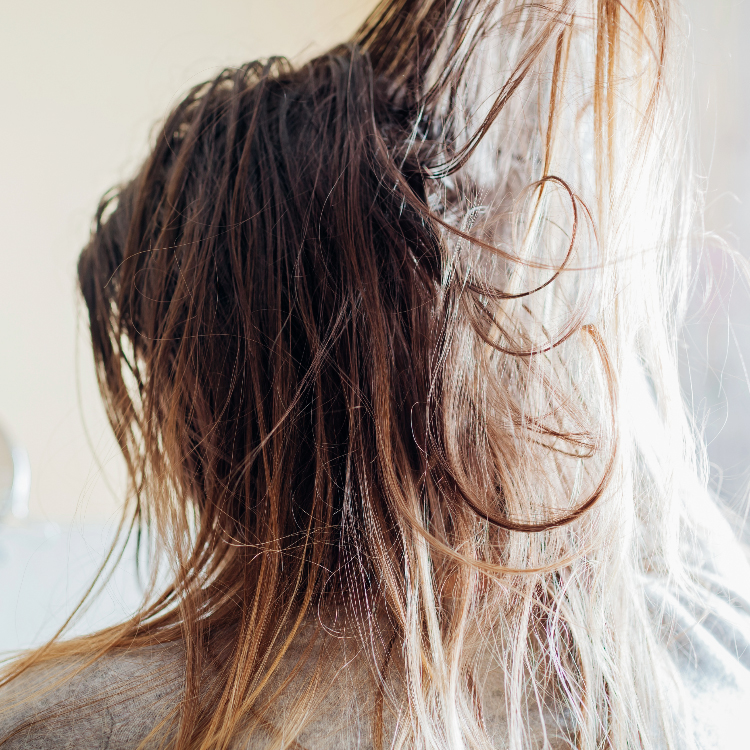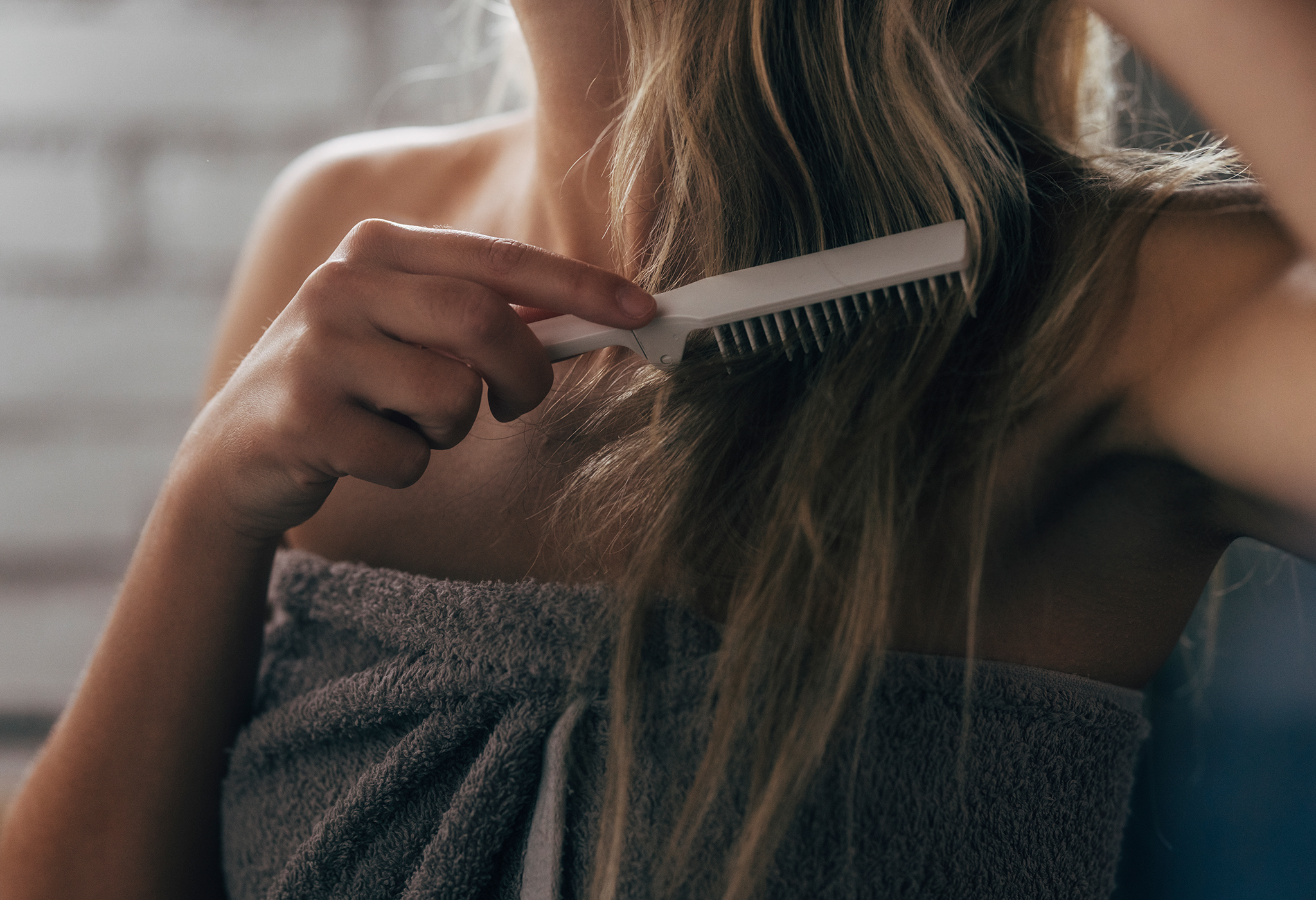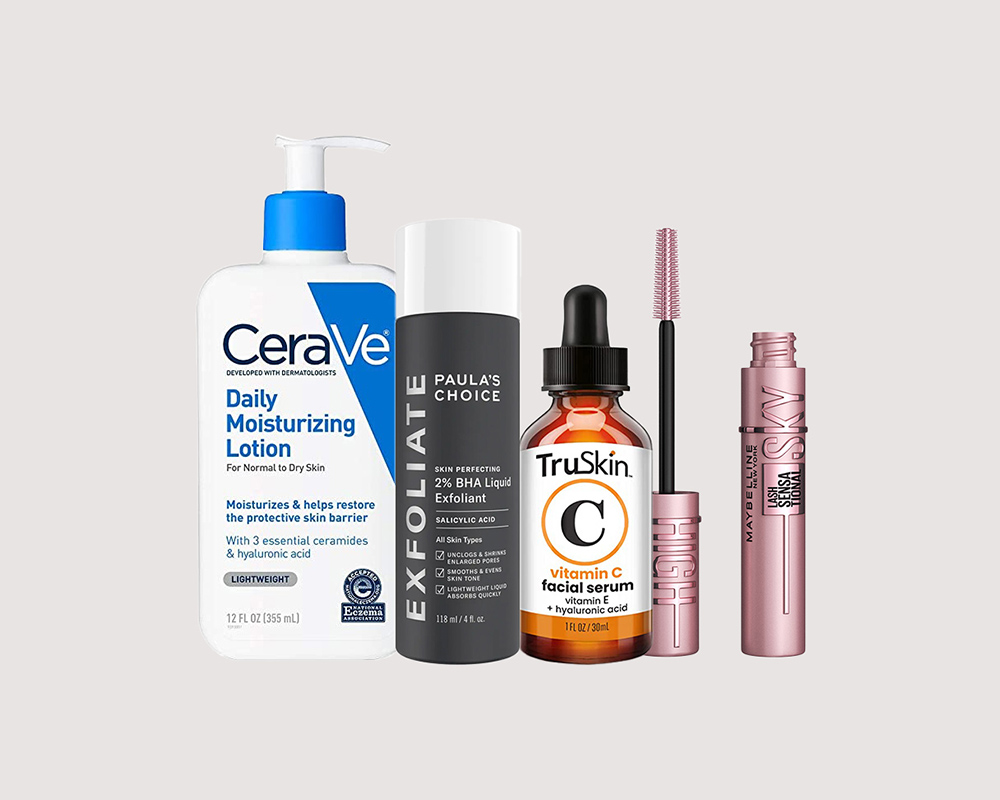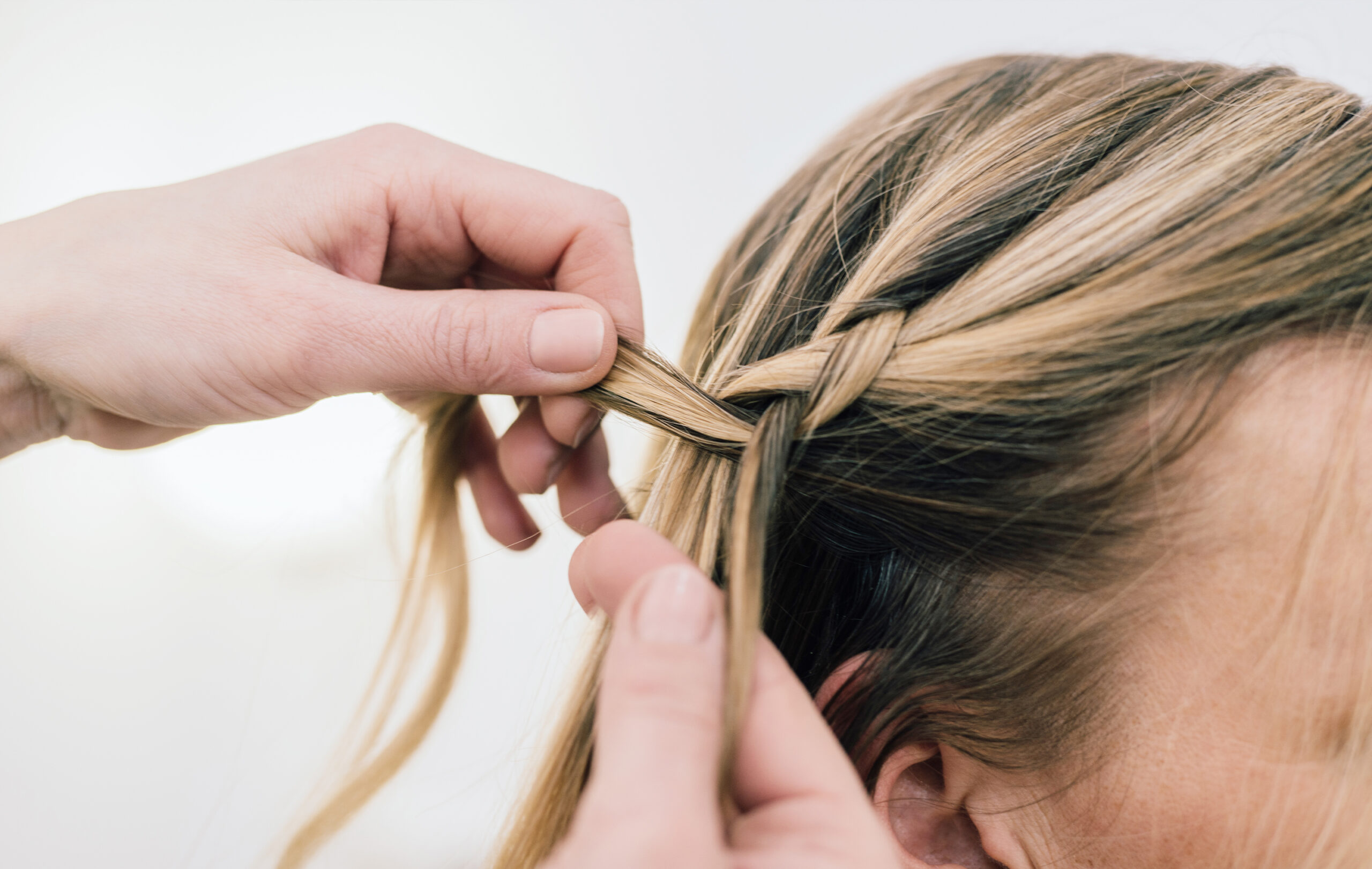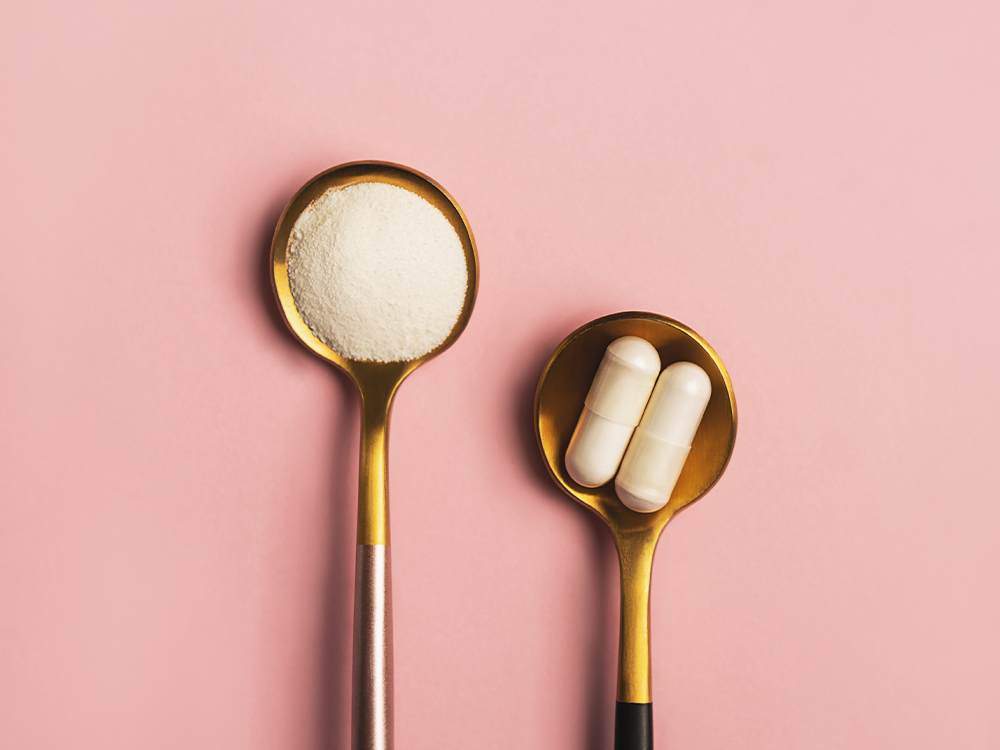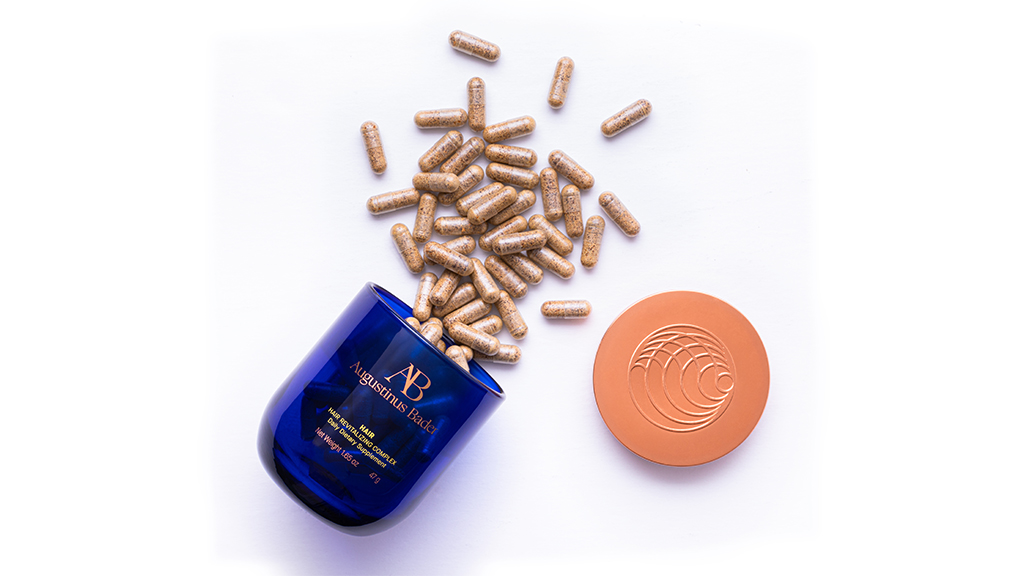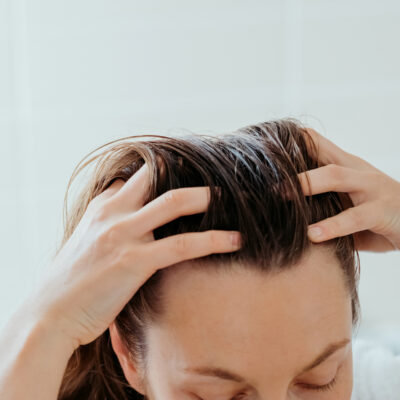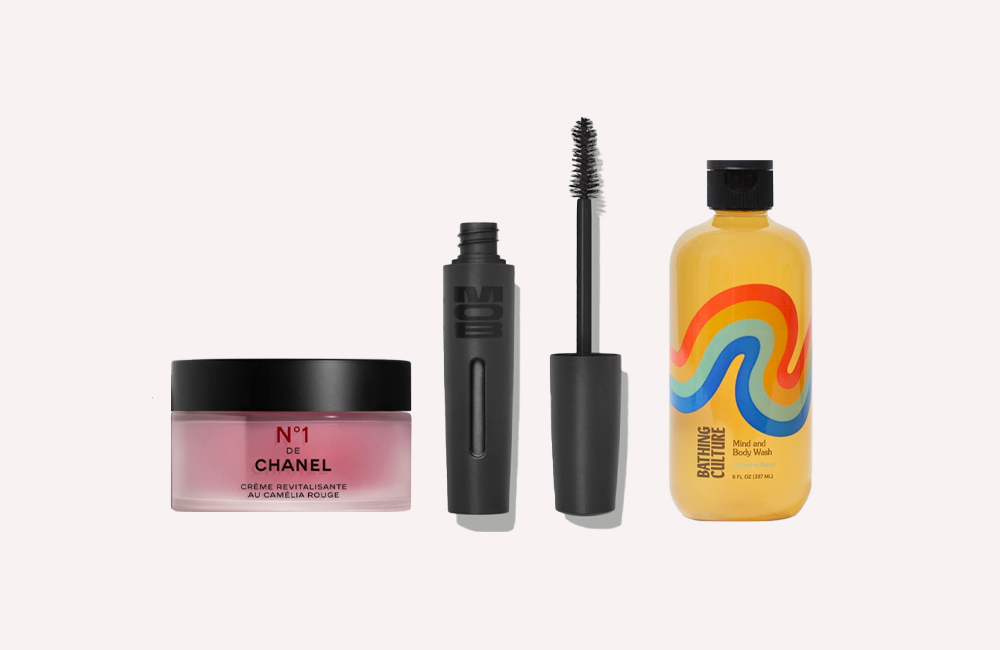Hair loss is one of the most stressful and upsetting things that can happen to us. Male-pattern baldness, which impacts around half of men age 40-49, isn’t where the story ends. It turns out that more and more women are experiencing hair thinning and are seeking ways to solve the problem. Utilizing our BeautyEngine, NewBeauty asked readers exactly how serious this problem actually was. And the results spoke for themselves: over 80 percent of our readers are experiencing hair loss or hair thinning.
From female-pattern hair loss to stress-induced shedding and post-Covid woes, there are a lot of reasons why more women are losing more hair. Let’s talk causes behind the this staggering number and the potential remedies.
Featured Experts
- Jefferey Wise, MD is a facial plastic surgeon based in Wayne, NJ.
- Doris Day, MD is a dermatologist based in New York.
- Dr. Jessie Cheung is a dermatologist based in Willowbrook, IL.
- Dr. Craig Ziering is a hair restoration specialist based in Beverley Hills.
What is BeautyEngine?
Using our own elite subscriber base of NewBeauty readers, BeautyEngine takes the temperature of the beauty consumer. By asking our readers for feedback, we better understand attitudes about aging and the core needs of our audience. This real-time data allows us to create the “State of Aesthetics.”
NewBeauty’s fourth “State of Aesthetics” report was recently released and provides patient-facing insights into the latest trends, preferences and future plans for cosmetic treatments and skin care. Unlike other aesthetic studies that provide information gathered a year before, this report presents the most up-to-date insights on the platforms consumers use to research aesthetic providers.
What We Learned About Hair Loss
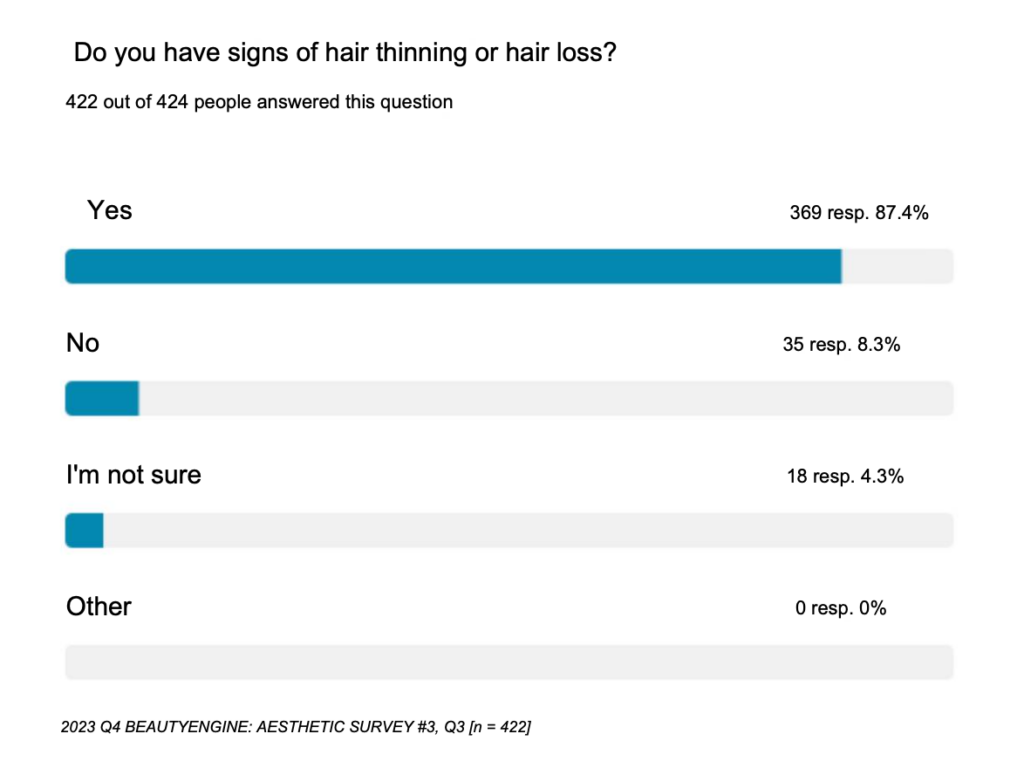
What Causes Hair Loss
It probably won’t surprise you to learn that there are a lot of reasons you might start shedding your strands.
“The most prevalent form of hair loss is androgenic alopecia, commonly referred to as male-pattern or female-pattern hair loss,” explains Wayne, NJ facial plastic surgeon Jeffrey Wise, MD. “Other causes include autoimmune factors, excessive trauma leading to traction alopecia, or chemical exposure causing chemical alopecia.”
There’s also short-term hair thinning or loss, which presents as rapid shedding and slow regrowth and is usually caused by stress.
“Any major physiologic change, like rapid weight loss, can cause a stress shedding, called Telogen effluvium,” says New York dermatologist Doris Day, MD. “This causes hair follicles to enter the resting phase prematurely and fall out.”
The good news is that several kinds of hair loss are reversible.
“Yes, numerous forms of hair loss are reversible, and there are methods to decelerate hair loss in individuals with genetically predetermined hair loss patterns as well,” Dr. Wise explains. “In addition to prescription medication, patients who observe early hair thinning or have a family history of balding can take steps to prevent alopecia.”
Why are More People Experiencing Hair Thinning?
“I have noticed an increase in hair loss among my patients over the past few years,” Dr. Wise confirms. “Various medications are known to potentially cause hair loss. In addition, the emergence of the COVID-19 pandemic in recent years has also been linked to an increase in hair loss cases. Many individuals undergoing significant weight loss due to new medications may also experience sudden hair loss as a result of the rapid changes to their bodies.”
There’s also the reality of our times: stress.
“I think it’s a combination of stress, lack of sleep, and unhealthy diets,” says Willowbrook, IL dermatologist Dr. Jessie Cheung. “Your body sees hair as an expendable luxury during times of metabolic crisis, and will divert essential nutrients elsewhere.”
Hair Loss Remedies
Dr. Cheung suggests taking time to get to the bottom of your hair thinning.
“I always recommend blood tests to determine if you have adequate levels of iron, zinc, B vitamins, and vitamin D. Also to look at markers for stress and inflammation, and your thyroid,” Dr. Cheung says. “Prescriptions include spironolactone, finasteride, dutasteride, minoxidil and progesterone, and medicated shampoos. I also like topical hair peptides and growth factors, and supplements such as Viviscal and Nutrafol.”
There are also in-office options you can take to stop the progression of hair loss no matter what stage you’re in.
“If the hair follicles are still present in the scalp but inactive, hair loss can be halted and even reversed,” Dr. Wise explains. “At the Wise Institute for Hair Restoration, we combine PRP injections with microneedling to effectively stimulate stem cells in the hair root, reactivating dormant follicles and promoting growth.”
When PRP is no longer an option, hair transplants allow experts to treat even severe hair thinning.
“I typically perform Follicular Unit Extraction (FUE) which is a surgical method involving the extraction of thousands of follicular units from a donor site on your head,” Dr. Wise says. “These units, microscopic hair regions, are then transplanted to the recipient site without leaving visible scarring in the donor area. Following transplantation, FUE grafts grow rapidly, with noticeable results typically appearing after about six months.”
The Future of Hair Restoration
There’s also a lot of new science and innovation in the field that could lead to an even smoother journey down the line. That includes concepts like hair cloning and freezing stem cells to use in later hair restoration.
Beverly Hills, CA hair restoration specialist Dr. Craig Ziering explains that freezing hair follicles for potential future use is not only on the horizon, but already here. “With this innovative approach we pluck hair follicles, isolate their stem cells, and subsequently multiply and transform them into different types of stem cells,” Dr. Ziering says. “Much like cord blood banking, individuals can freeze and store these versatile stem cells for future applications. While the treatment isn’t yet available, it holds immense promise for addressing hair thinning concerns in the years to come,” he says.
